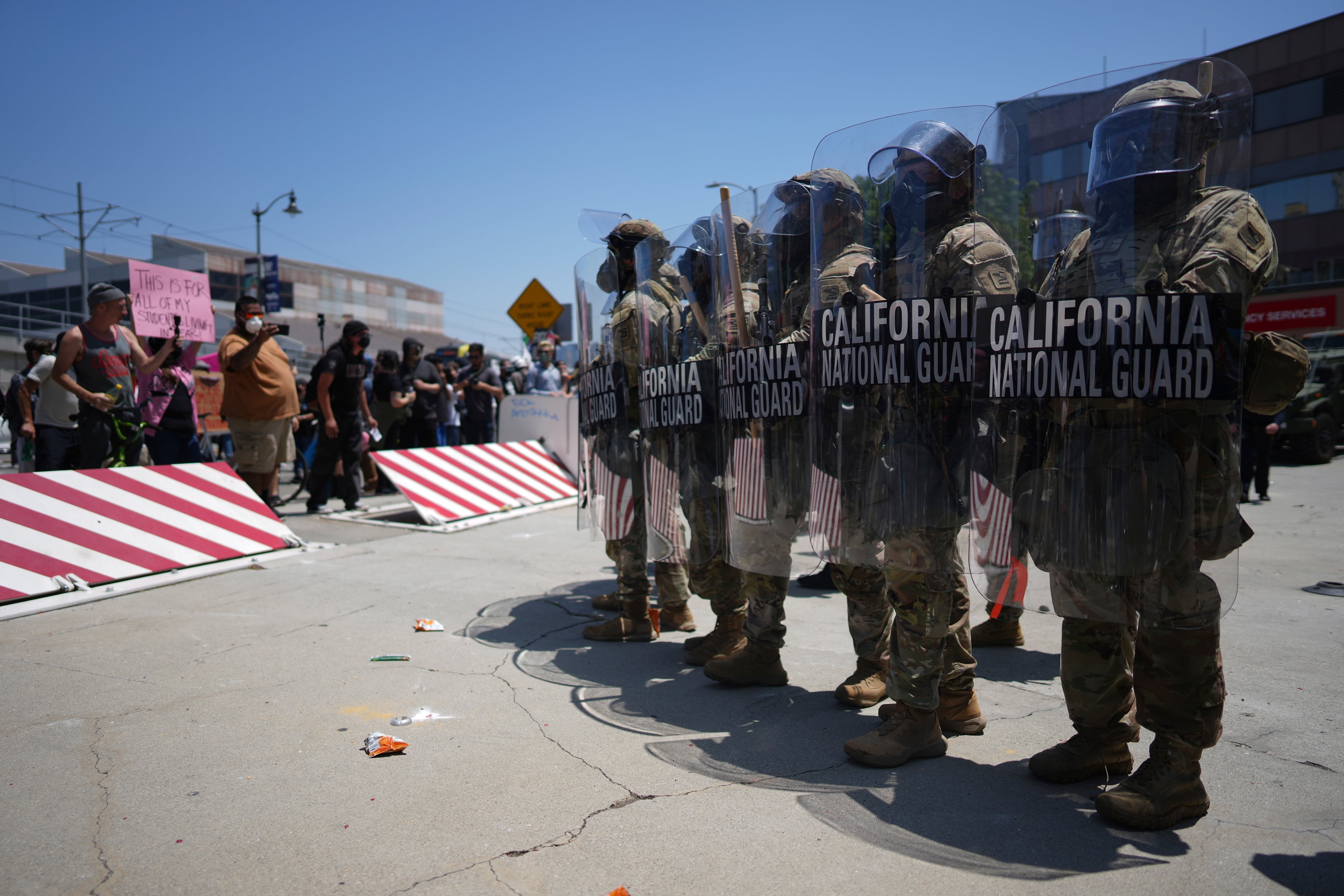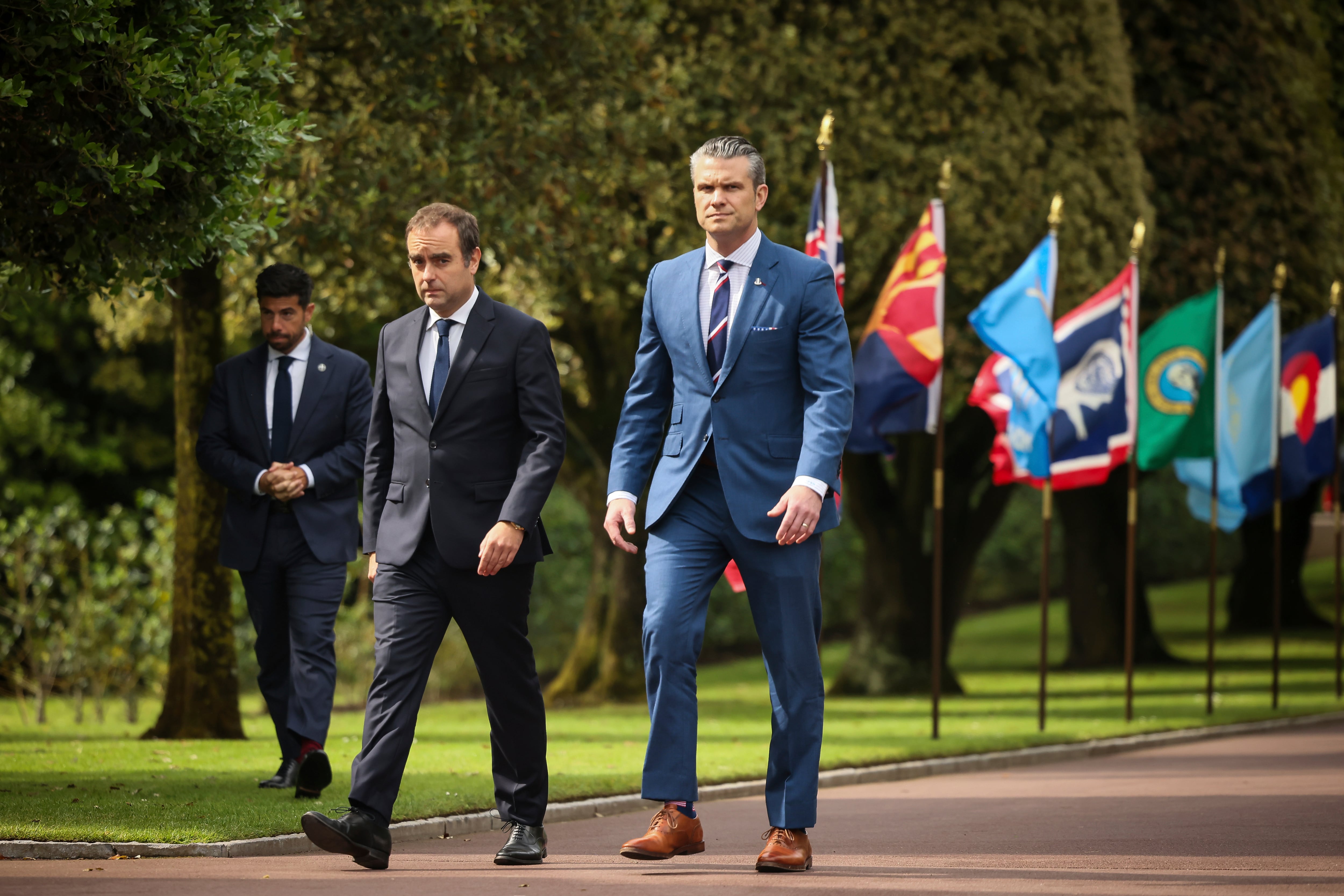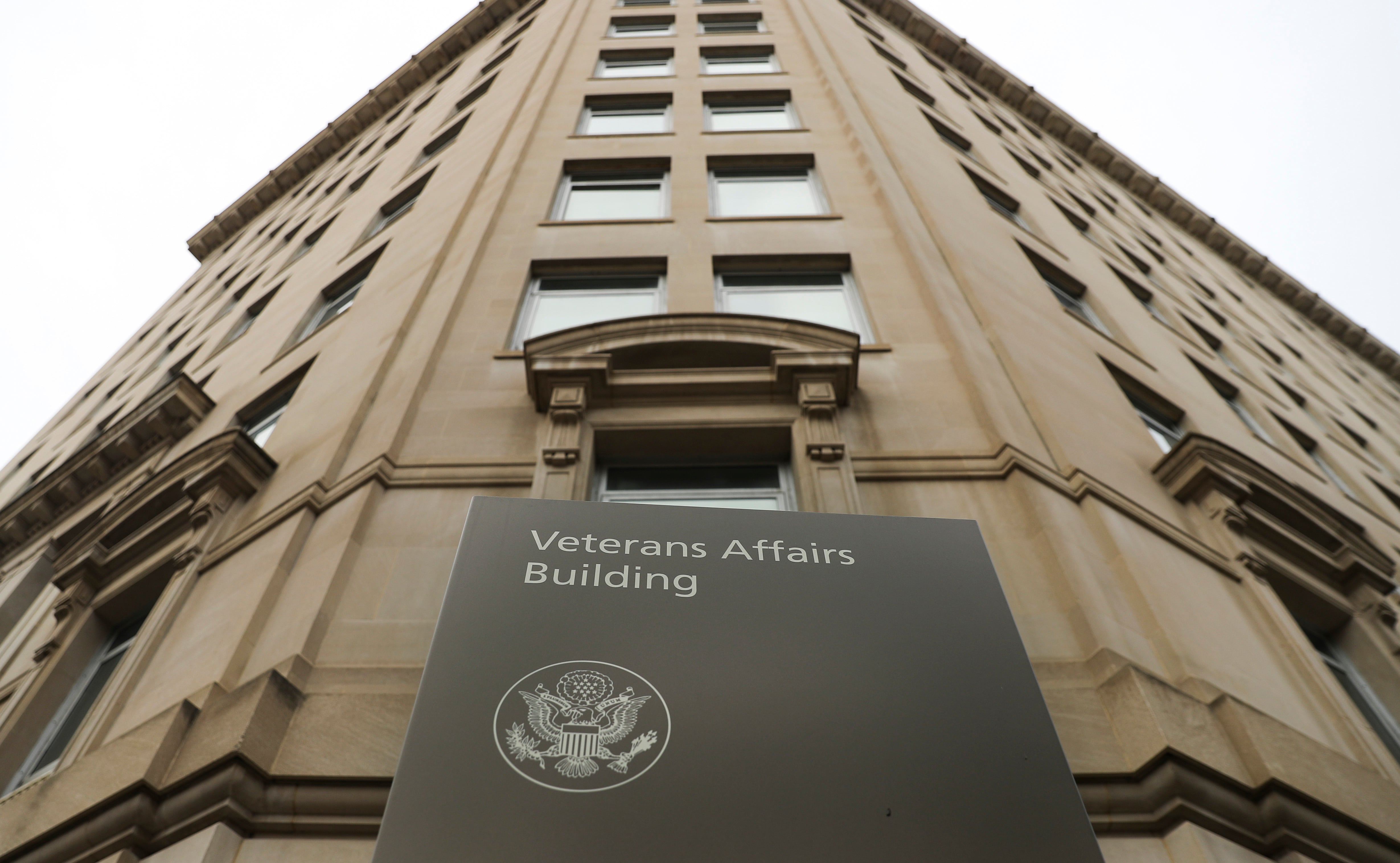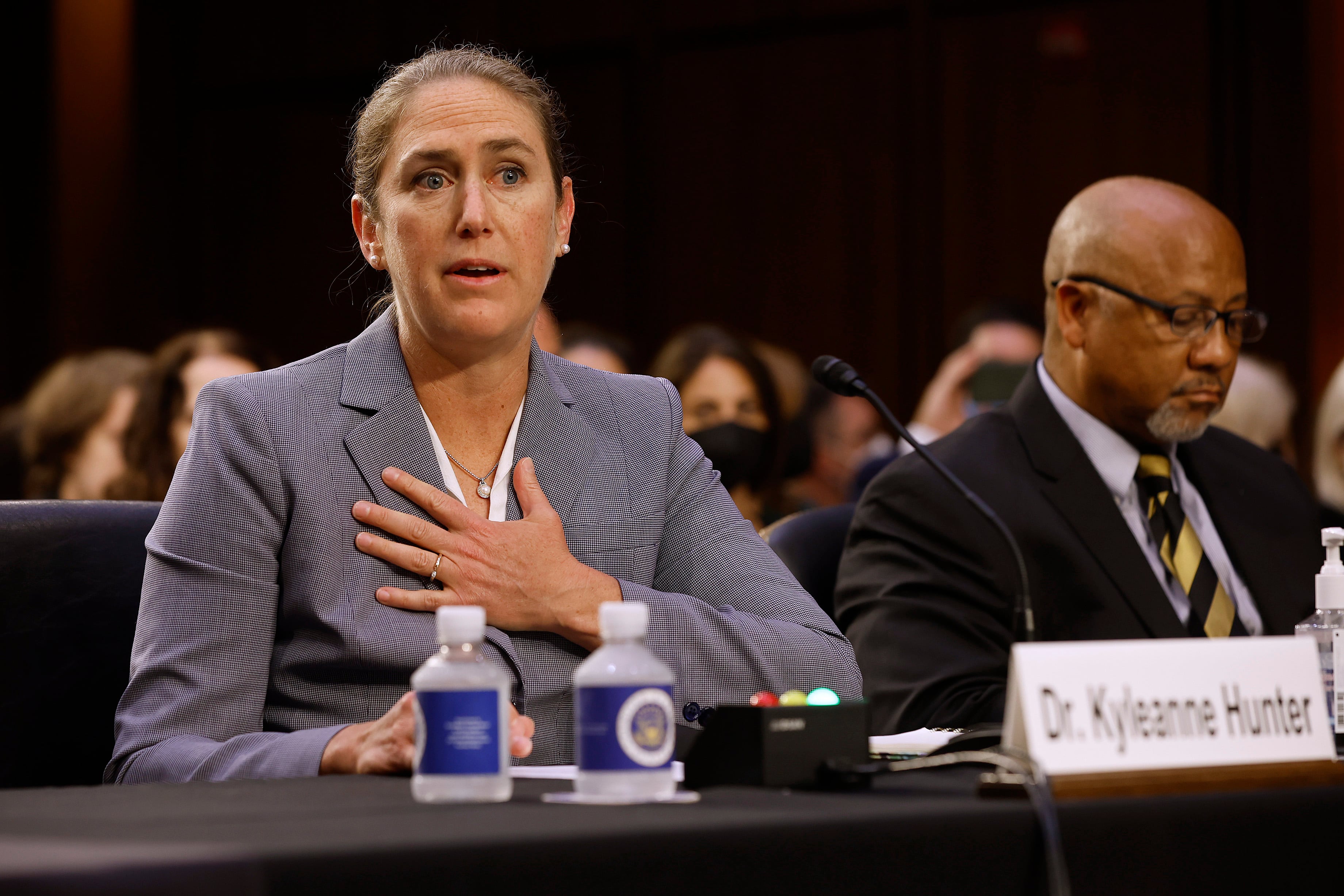WASHINGTON — The contentious debate over climate change is entering a new phase, with skeptics in the Trump administration poised to roll back regulations governing everything from clean-water standards to fracking — convinced that doing so will boost the U.S. economy. But the Pentagon views the issue differently.
For Defense Secretary Jim Mattis, climate change represents a significant national security threat, one that's "impacting stability in areas of the world where our troops are operating today," according his written testimony to Congress provided in January ahead of his confirmation. The news site ProPublica was first to publish Mattis' remarks, pitting the retired Marine general's views against those held by the commander in chief and others in his administration.
The topic has renewed relevance as the White House aims to grow defense spending substantially — hoping to add personnel, and buy more ships, aircraft and weapons — while making major reductions to other parts of the federal budget, including at the Environmental Protection Agency and the National Oceanic and Atmospheric Administration, which researches climate change and provides weather forecasting data to the military.
It's a tricky predicament for the Pentagon, which has conducted substantial climate-related research, too, dating back at least to the 1990s. Officials continue to factor this data into core military doctrine. In fact, the most recent Quadrennial Defense Review, a 90-page document that outlines the Defense Department's strategic trajectory, includes the phrases "climate change" or "severe weather" at least 10 times. On the one hand, the Defense Department stands to benefit from funding rollbacks at other agencies. But on the other, senior officials see immediate, practical reasons to be worried.
Here are three:
Economic competition.
Thawing in the Arctic has opened new maritime routes and revealed new energy sources, creating new competition between the U.S. and Russia. The Pentagon's 2013 Arctic Strategystatement details its plans for safeguarding American interests there and ensuring freedom of navigation. It calls the region a "strategic inflection point," noting that as the ice caps continue to melt, there will be rush to claim the oil, natural gas and other resources there.
The Pentagon views the Arctic as vital for establishing ballistic missile defenses to safeguard the homeland. But Russia's buildup therehas greatly exceeded that of the United States. Its military has established a new Arctic command, added four brigades, 14 airfields, 16 ports, and has 40 operational icebreakers and 11 in production. The U.S. has only one working icebreaker, and it was commissioned in the 1970s.
In the South China Sea, warming waters have forced fish stocks to migrate north, increasing the potential for conflict between China and U.S. allies whose economies depend on that trade, says Frank Femia, who heads the Center for Climate and Security. The non-partisan think tank includes several senior retired military officers concerned about climate change and its impact on national security.
Tensions are particularly high between Vietnam and China, which have competing territorial claims to the Spratly and Parcel islands. The Chinese have harassed several Vietnamese fishing boats, even sinking some of them. One such incident, in 2014, was caught on video. The Chinese maintain the Vietnamese boat ventured too close to one of its oil rigs, an incident documented by The Diplomat. Another confrontation happened in 2015 near the Parcel islands, when armed men boarded the Vietnamese boat and removed navigation equipment, according to Voice of America.
The U.S. Navy has stepped up its presence in response. Tension in the region will only increase as China aggressively defends its claims there.
Military infrastructure.
Rising sea levels threaten several major U.S. installations while prolonged droughts, which can lead to forest fires, put bases and other military infrastructure at risk.
Last summer, the Union of Concerned Scientists published a report indicating a three-foot sea level rise would threaten 128 bases. Naval Station Norfolk in Virginia and 17 other facilities that reside on waterfront property could experience hundreds of floods a year and, in some cases, become mostly submerged by the year 2100. Cleanup or relocation costs could stretch into the tens of billions of dollars.
Drought-fueled wildfires are an equally troublesome threat. In the spring of 2014, a major fire started on Naval Weapons Station Seal Beach in southern California, a facility adjacent to Marine Corps Base Camp Pendleton. It forced the evacuation of nearly a thousand people and destroyed roughly 6,000 acres, according to NBC San Diego.
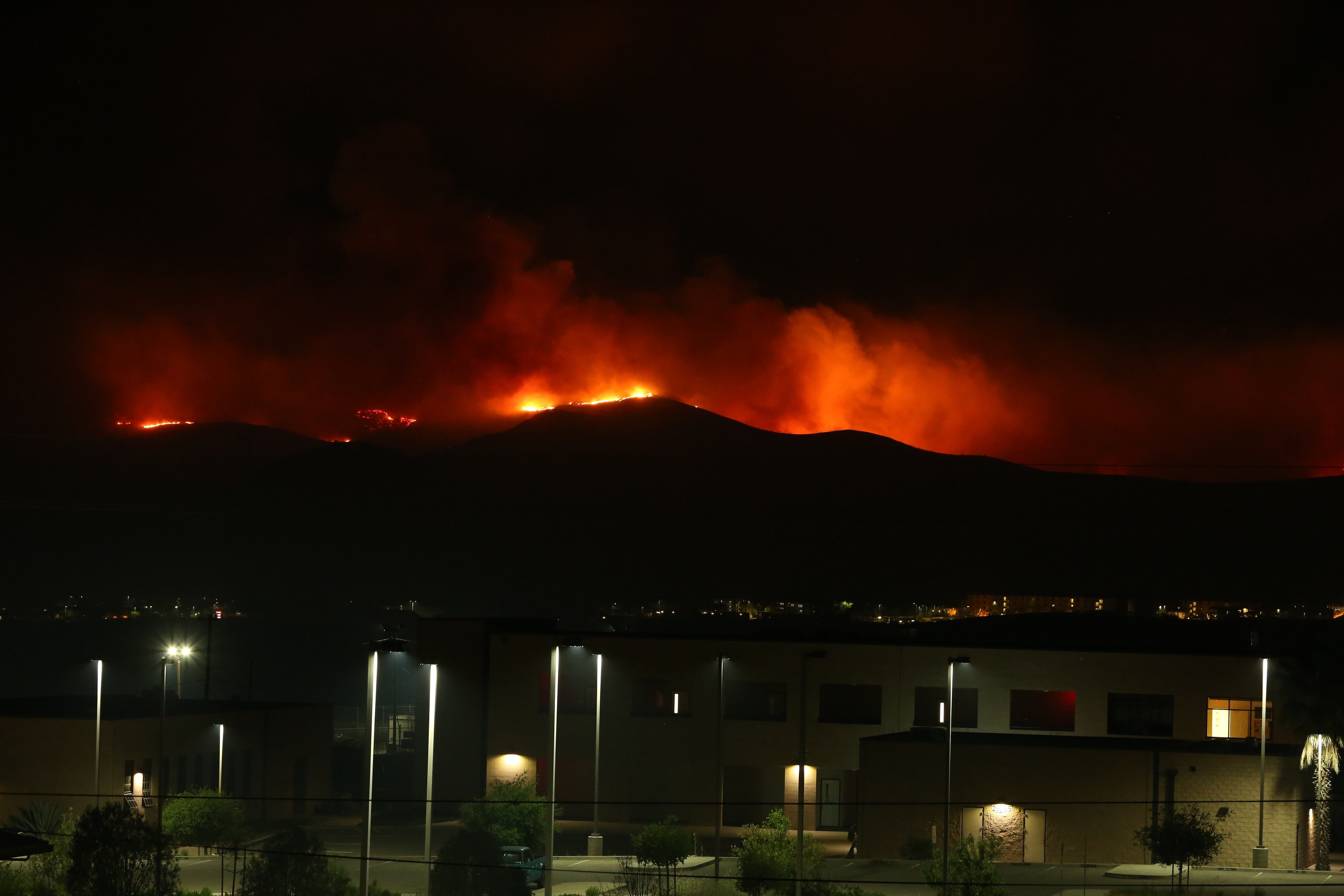
U.S. Marines and fire crew on Marine Corps Base Camp Pendleton, Calif., respond to wildfires ablaze in southern California May 14, 2014. The Tomahawk fire, in the northeast section of Camp Pendleton has burned more than 6,000 acres forcing evacuations of housing areas on base and various schools both on and off base. (Photo credit: Lance Cpl. Anna Albrecht)
Mass migration and instability.
The world's most fragile and unstable regions tend to be hit hardest by climate change, Fermia says. In Bangladesh, for instance, a former military leader has warnedthat rising sea levels could force mass migrations and potentially lead to the radicalization of marginalized people in a region already challenged by violent militant groups.
Pakistan, a nuclear power also contending with a resurgence in terrorist activity, depends on glacial melt for drinking water. Abrupt changes in the water supply can result in major security shifts there. Pakistan and India have fought several wars over the contested regions of Jammu and Kashmir, where both countries derive most of their fresh water. A deadly terror attack on an Indian base in September set off a major diplomatic row, with India's foreign minister suggesting the two scrap a 56-year-old accordensuring access to fresh water.
"The consequences might well be humanitarian devastation in what is already one of the world’s most water-starved countries — an outcome far more harmful and far-reaching than the effects of limited war," analyst Michael Kugelman wrote in Foreign Policy.
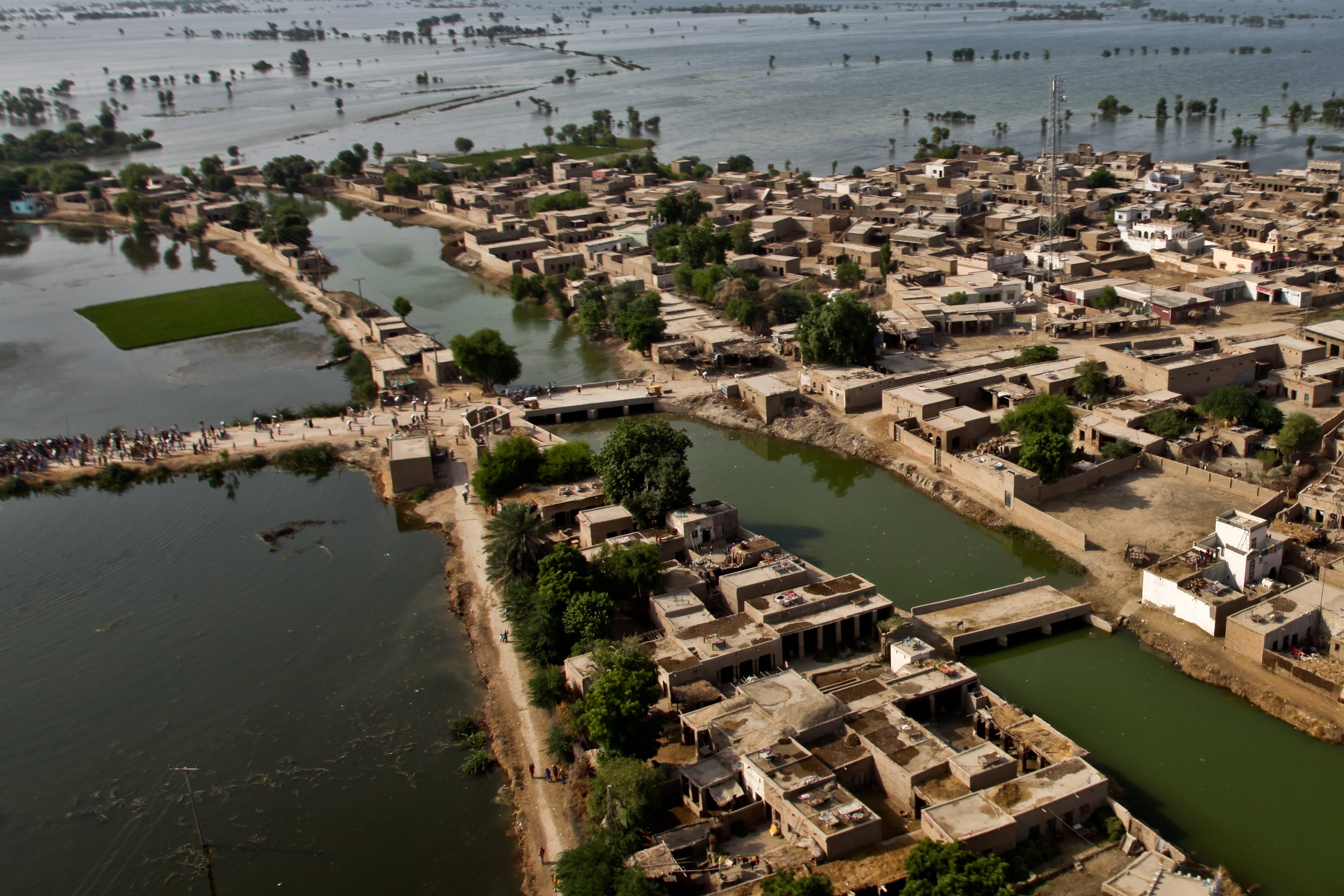
An aerial view of a town surrounded by flood water as U.S. Marine pilots from the 26th Marine Expeditionary Unit begin their landing approach to deliver food supplies in support of the Pakistan flood relief effort in Pano Aqil, Pakistan, Sept. 14. (Photo by Staff Sgt. Wayne Gray)
In parts of North Africa and the Middle East where there is weak governance, climate change is "acting as an accelerant of instability or as a threat multiplier," Femia told Military Times. Lake Chad, which borders the African countries of Chad, Niger, Nigeria, and Cameroon, has been drastically affected by drought. This harms people's livelihoods, making the region fertile ground for groups like Boko-Haram, an Islamist terror group, to recruit.
Prior to the revolution in Syria, which has led to a six-year civil war, the region was experiencing one of its worst droughts ever recorded. And although it was not a factor in starting the conflict, which has left an estimated 500,000 dead and caused more than 11 million to flee their homes, climate did create the conditions for mass displacement, Femia said. And researchers have predicatedthat will only get worse, with large swaths of the Middle East and North Africa becoming increasingly uninhabitable.
So Mattis’ recent comments on climate change represent a "practical view of what the military needs to do," he added. It's an issue that has crossed previous administrations, both Republican and Democratic, and demonstrates the Pentagon has "thought about this in an apolitical way."
Shawn Snow is a Military Times staff writer and Early Bird Brief editor. On Twitter: @SnowSox184.
With additional reporting by staff writer Meghann Myers. On Twitter:
.
Shawn Snow is the senior reporter for Marine Corps Times and a Marine Corps veteran.




